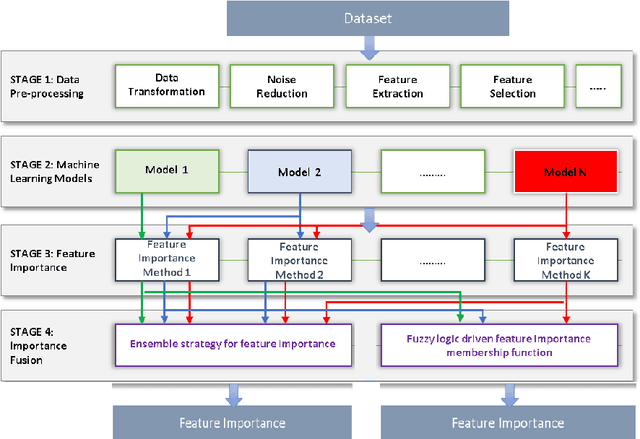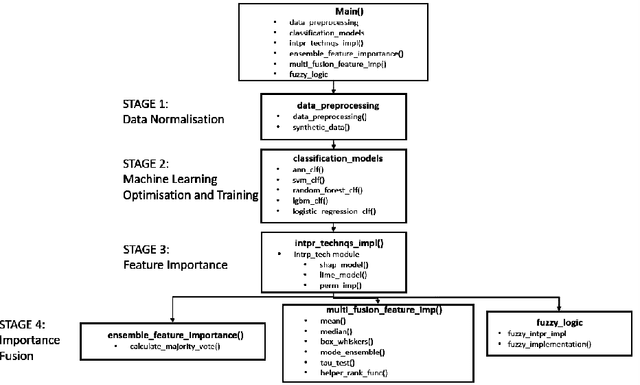Aayush Kumar
Webvs. LLMs: An Empirical Study of Learning Behaviors of CS2 Students
Jan 21, 2025Abstract:LLMs such as ChatGPT have been widely adopted by students in higher education as tools for learning programming and related concepts. However, it remains unclear how effective students are and what strategies students use while learning with LLMs. Since the majority of students' experiences in online self-learning have come through using search engines such as Google, evaluating AI tools in this context can help us address these gaps. In this mixed methods research, we conducted an exploratory within-subjects study to understand how CS2 students learn programming concepts using both LLMs as well as traditional online methods such as educational websites and videos to examine how students approach learning within and across both scenarios. We discovered that students found it easier to learn a more difficult concept using traditional methods than using ChatGPT. We also found that students ask fewer follow-ups and use more keyword-based queries for search engines while their prompts to LLMs tend to explicitly ask for information.
EFI: A Toolbox for Feature Importance Fusion and Interpretation in Python
Aug 08, 2022



Abstract:This paper presents an open-source Python toolbox called Ensemble Feature Importance (EFI) to provide machine learning (ML) researchers, domain experts, and decision makers with robust and accurate feature importance quantification and more reliable mechanistic interpretation of feature importance for prediction problems using fuzzy sets. The toolkit was developed to address uncertainties in feature importance quantification and lack of trustworthy feature importance interpretation due to the diverse availability of machine learning algorithms, feature importance calculation methods, and dataset dependencies. EFI merges results from multiple machine learning models with different feature importance calculation approaches using data bootstrapping and decision fusion techniques, such as mean, majority voting and fuzzy logic. The main attributes of the EFI toolbox are: (i) automatic optimisation of ML algorithms, (ii) automatic computation of a set of feature importance coefficients from optimised ML algorithms and feature importance calculation techniques, (iii) automatic aggregation of importance coefficients using multiple decision fusion techniques, and (iv) fuzzy membership functions that show the importance of each feature to the prediction task. The key modules and functions of the toolbox are described, and a simple example of their application is presented using the popular Iris dataset.
MOSQUITO-NET: A deep learning based CADx system for malaria diagnosis along with model interpretation using GradCam and class activation maps
Jun 19, 2020

Abstract:Malaria is considered one of the deadliest diseases in today world which causes thousands of deaths per year. The parasites responsible for malaria are scientifically known as Plasmodium which infects the red blood cells in human beings. The parasites are transmitted by a female class of mosquitos known as Anopheles. The diagnosis of malaria requires identification and manual counting of parasitized cells by medical practitioners in microscopic blood smears. Due to the unavailability of resources, its diagnostic accuracy is largely affected by large scale screening. State of the art Computer-aided diagnostic techniques based on deep learning algorithms such as CNNs, with end to end feature extraction and classification, have widely contributed to various image recognition tasks. In this paper, we evaluate the performance of custom made convnet Mosquito-Net, to classify the infected and uninfected cells for malaria diagnosis which could be deployed on the edge and mobile devices owing to its fewer parameters and less computation power. Therefore, it can be wildly preferred for diagnosis in remote and countryside areas where there is a lack of medical facilities.
 Add to Chrome
Add to Chrome Add to Firefox
Add to Firefox Add to Edge
Add to Edge